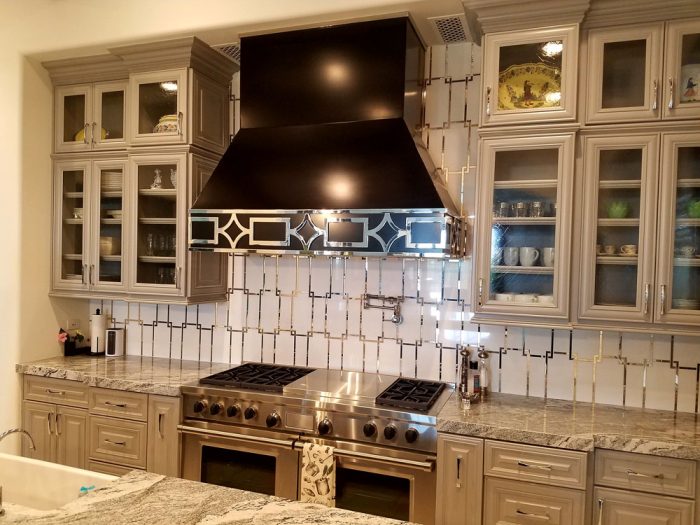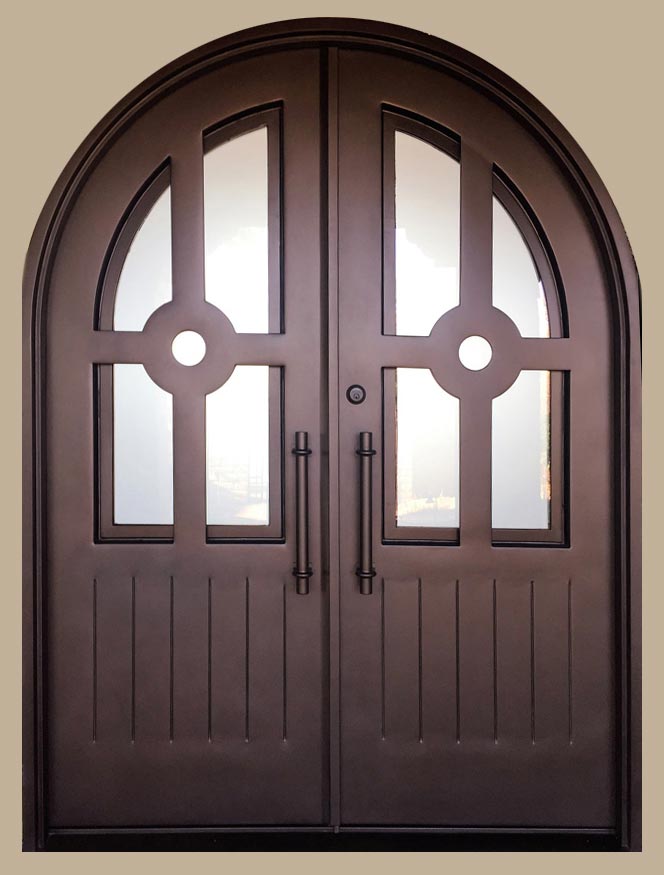Do You Really Need A Range Hood?
Whether you really need a range hood depends on your cooking habits, kitchen layout, local building codes, and personal comfort. But here’s a clear breakdown to help you decide: ARIZONA’S LEADING DESIGNER OF CUSTOM FABRICATED WROUGHT IRON & STEEL PRODUCTS What Are The Best Materials For Range Hoods? 🔥 What a Range Hood Actually Does…


